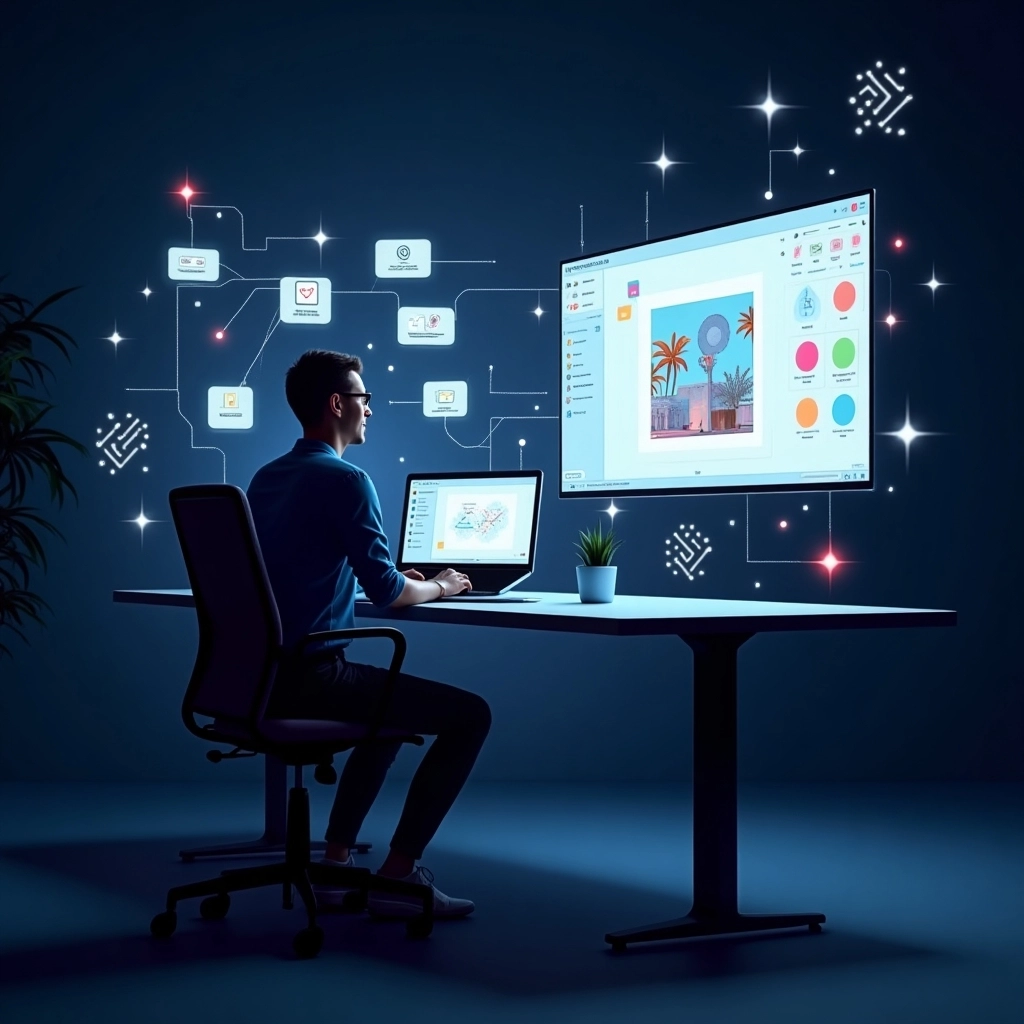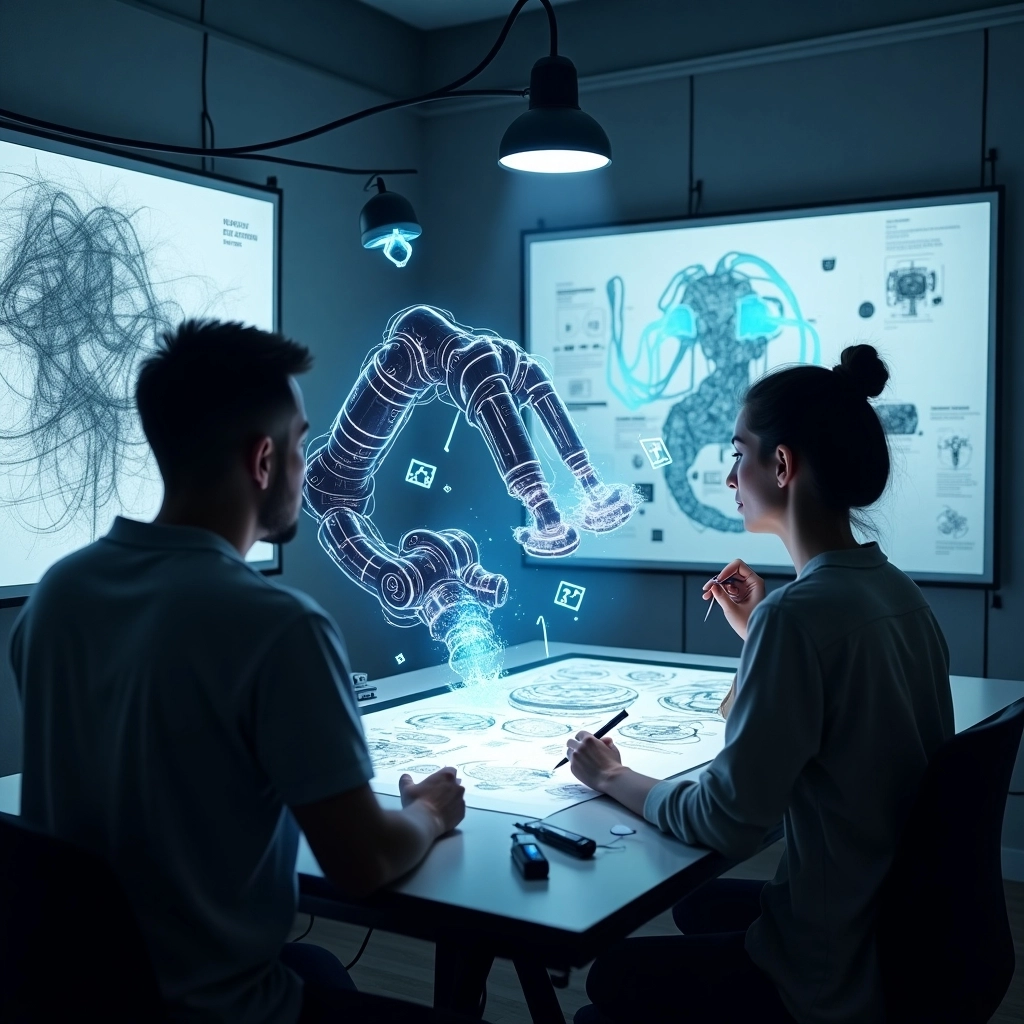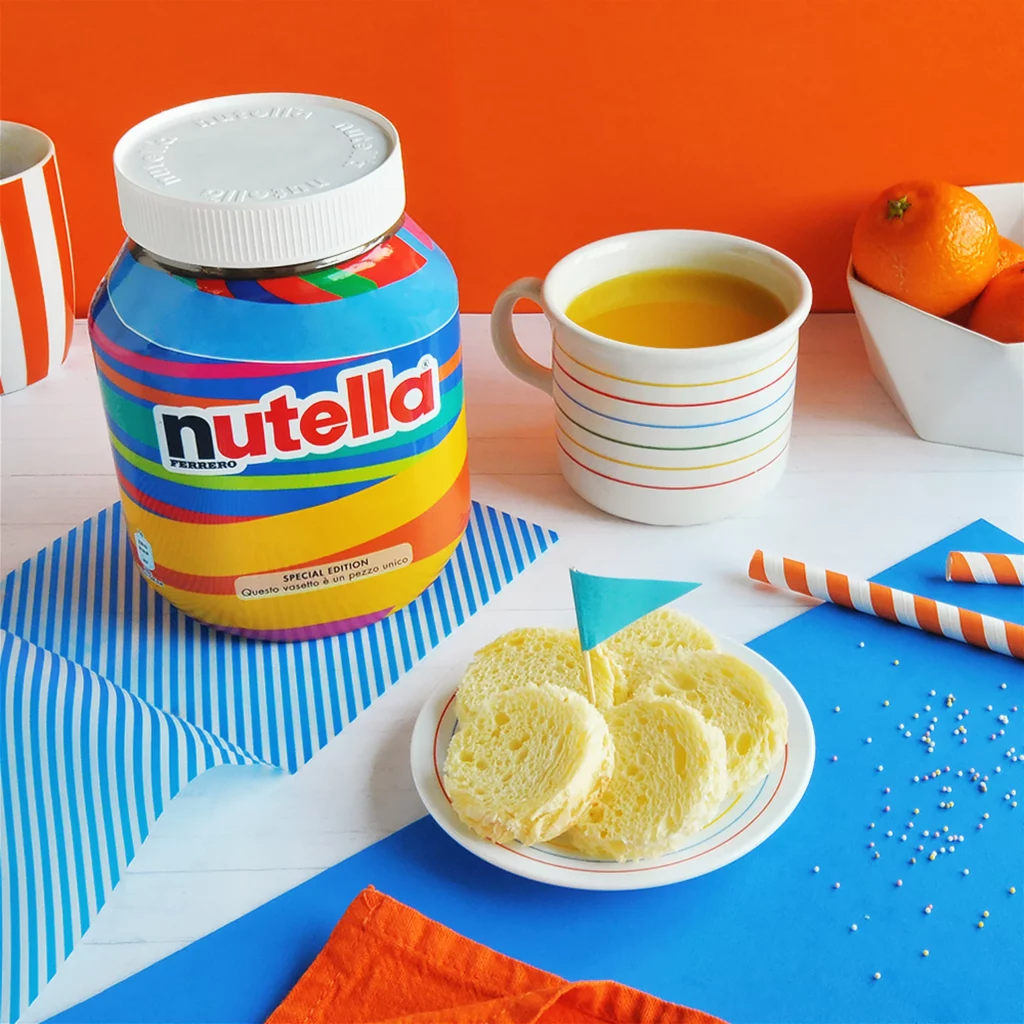The Role of AI in Design: How Technology Simplifies Visual Content Creation for Businesses
Artificial Intelligence (AI) has revolutionized industries, and design is no exception. Whether you’re a startup or a well-established brand, the demand for visual content is ever-growing. With social media, websites, and marketing campaigns constantly evolving, businesses must create visually appealing content faster. Enter AI—technology that has dramatically simplified how visual content is created and distributed. In this article, we’ll explore how AI is changing the design landscape, making it more accessible and efficient for businesses of all sizes.
What Is AI in Design?

AI in design refers to using artificial intelligence to automate or assist in various design tasks. Traditionally, design requires a highly skilled professional to create compelling visuals from scratch. Today, AI can help streamline processes like image generation, logo creation, and UX design. AI-driven tools are built with machine learning algorithms that can analyze millions of design elements to make creative suggestions, complete tasks automatically, or guide the user through the design process. This evolution has allowed businesses to scale their content creation efforts.
The Growing Need for Visual Content in Business
Visual content has become a key pillar in marketing strategies across industries. Consumers today are drawn to engaging images, videos, and graphics more than ever, and brands must keep up with this demand to stay relevant. Whether it’s creating social media posts, infographics, product images, or:
- Engaging email visuals
- Eye-catching website banners
- Custom illustrations for blog posts
- Compelling video thumbnails
- Interactive presentations
- Branded content for digital ads
businesses are constantly churning out new content. However, consistently producing high-quality visuals can be challenging, particularly for small businesses with limited resources. This is where AI-powered design tools come into play, offering businesses a way to create content quickly without sacrificing quality.
AI-Powered Design Tools and Their Functions
AI-powered design platforms like Hypnopixels, Canva, Adobe Sensei and Fotor have transformed how businesses approach design. These tools offer many features, from pre-built templates and design suggestions to automated color matching and image adjustments. Canva, for example, allows users to drag and drop elements into a layout, while the AI handles more technical aspects like alignment and font pairing. Adobe Sensei, on the other hand, uses AI to automate complex tasks like image retouching and video editing, allowing designers to focus on creativity. Hypnopixels goes a step further by enabling users to generate entirely new visuals based on text prompts, making it a powerful tool for creating unique, custom graphics quickly and efficiently. This flexibility makes Hypnopixels an excellent choice for businesses looking to stand out with distinctive, AI-generated content.
How AI Simplifies Design for Non-Designers
Artificial intelligence (AI) has transformed the design world, making it easier for individuals without a design background to create professional-looking visuals. These AI-powered tools remove the technical barriers, allowing anyone to produce high-quality content quickly and efficiently. Here’s how technology simplifies visual content creation for businesses:
Automated Design Suggestions
AI tools analyze the content and automatically suggest layouts, color schemes, and fonts, reducing user guesswork and streamlining the design process.
Pre-Built Templates for Instant Use
AI-powered platforms offer a vast library of pre-designed templates, enabling businesses to quickly create social media posts, presentations, and marketing materials without starting from scratch.
One-Click Image Enhancements
With AI’s image recognition capabilities, users can enhance photos with just a click, adjusting brightness, contrast, and filters, making professional-level photo editing accessible to everyone.
Speeding Up the Design Process with Automation
One of the major benefits of AI in design is automation. Repetitive tasks like resizing images, adjusting colors, or adding text overlays can be time-consuming, but AI tools can handle these in a matter of seconds. Some platforms allow batch processing, where multiple images can be edited or resized simultaneously. This not only speeds up production but also ensures that content is delivered consistently across platforms. In a fast-paced business environment, this kind of efficiency is invaluable.
Personalization and Customization in AI-Driven Design
AI doesn’t just simplify design; it also enhances personalization. AI can create tailored content that speaks directly to different audience segments by analyzing previous campaigns or customer behavior. For example, AI can help businesses craft personalized ads that adjust colors, fonts, and imagery based on demographic or behavioral data. This level of customization is crucial for businesses aiming to create targeted, impactful campaigns that resonate with their audience.
AI in Branding and Consistency
Consistency is key to brand identity, and AI can help maintain this across various platforms. AI-driven design systems allow businesses to establish brand guidelines that the AI will follow, ensuring that logos, colors, and fonts are consistent across all content. This is particularly helpful for businesses that operate across multiple social media platforms or have numerous product lines. Using AI in branding ensures that no matter who creates the content, the brand remains cohesive.
AI-Generated Creativity: How Much Can Machines Create?

AI has made strides in automating design tasks, but it still raises an important question: can AI truly be creative? While AI can generate logos, create mockups, and suggest color palettes, there’s still a level of intuition and emotion that only human designers can provide. Machines can mimic creativity to some extent by analyzing patterns and applying design principles, but they lack the human touch that makes specific designs stand out. The ideal scenario is for AI to handle the more mundane tasks while human designers focus on innovation and original ideas.
Cost Efficiency for Businesses Using AI in Design
Another significant advantage of AI in design is cost savings. Hiring professional designers or agencies can be expensive, especially for small businesses. AI-powered design tools, on the other hand, offer affordable subscription models that allow businesses to create unlimited content at a fraction of the cost. Startups and smaller companies, in particular, can benefit from these cost-effective solutions, enabling them to compete with more prominent brands without blowing their budget on design services.
AI and User Experience (UX) Design
AI impacts not only visual content creation but also UX design, allowing businesses to create more intuitive interfaces by analyzing user data and behaviors. This results in optimized user journeys, leading to improved customer satisfaction and retention. Here’s what users are saying about AI’s role in UX design:
- “Khroma makes it incredibly easy to generate color palettes based on user preferences, helping our team create visually cohesive designs quickly.”
- “Using VisualEyes’ predictive heatmaps, we were able to identify potential UX issues early on, improving our product navigation and user satisfaction.”
- “Attention Insight’s AI-driven design recommendations have significantly improved our ability to capture user attention, leading to better conversion rates.”
Real-Life Examples of AI-Driven Design Success
Numerous businesses have already started leveraging AI for their design needs, with impressive results.
Examples of Successful AI-Driven Design in Action
- Nutella created 7 million unique jar designs using AI, boosting sales by 30%.

- Spotify uses AI to generate personalized playlists, enhancing user engagement and retention.
- The New York Times employs AI to generate personalized newsletters, improving open rates.
- Coca-Cola uses AI to design limited-edition bottle labels, increasing brand excitement.
- Airbnb leverages AI to enhance property listings with optimal image placement, improving booking rates.
- L’Oreal uses AI-powered virtual try-ons for makeup, driving online sales growth.
These examples demonstrate how AI can offer creative solutions that drive business growth.
AI Design: Challenges and Limitations
While AI has a lot to offer, it’s not without its challenges. One major limitation is that AI lacks a deep understanding of complex design principles and the emotional nuance that often goes into creating impactful visuals. Additionally, there are ethical concerns regarding intellectual property and the ownership of AI-generated content. Businesses must also be mindful of over-reliance on AI, as it could stifle human creativity in the long run. Some key challenges include:
- Lack of emotional depth in design
- Uncertainty around intellectual property rights
- Ethical concerns in content ownership
- Potential loss of human creativity due to over-reliance
- Limited ability to handle highly complex design tasks
Conclusion
AI is undoubtedly transforming the design world, offering businesses new ways to simplify and accelerate the creation of visual content. From automating routine tasks to providing creative insights, AI-powered tools empower businesses to produce high-quality designs efficiently and cost-effectively. As technology evolves, businesses that embrace AI will likely stay ahead of the curve in a highly competitive marketplace.
FAQs
AI handles repetitive tasks and offers creative suggestions, allowing designers to focus more on innovation.
No, AI can assist but cannot replace the emotional intelligence and creativity of human designers.
Tools like Hypnopixels, Canva, Fotor, and Adobe Spark are great for beginners due to their intuitive interfaces and AI-driven features.
AI-driven design systems follow brand guidelines to ensure logos, colors, and fonts remain consistent across content.
Yes, AI tools offer affordable subscription models, making them a cost-effective solution for businesses with limited budgets.